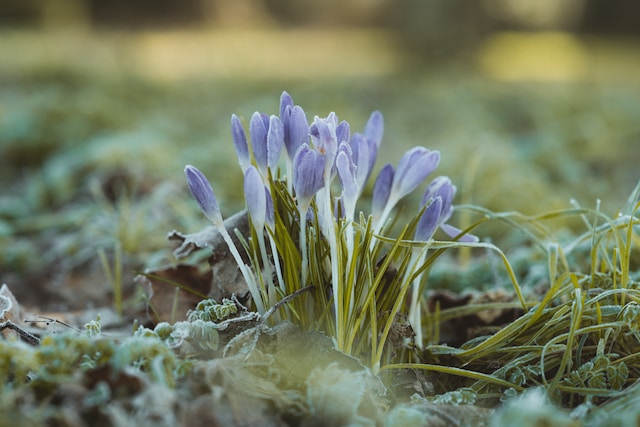Subhead: Learn how gardening can benefit wildlife and how to create a habitat in your own yard.
As urbanization and development continue to take over natural habitats, it’s become increasingly important to create a space for wildlife to thrive. One simple way to do this is by gardening. By creating a habitat in your yard, you can provide food, shelter, and nesting sites for a variety of animals. Here are some of the benefits of gardening for wildlife:
- Promotes Biodiversity: By planting a variety of plants, you can attract a diverse range of wildlife. This helps to promote biodiversity in your area, which is important for maintaining a healthy ecosystem.
- Provides Food: Many birds, butterflies, and other wildlife rely on specific plants for their survival. By planting these species in your yard, you can provide a source of food for these animals.
- Creates Shelter: Wildlife needs shelter to protect themselves from predators and harsh weather conditions. By creating a habitat in your yard, you can provide a safe haven for animals to live and thrive.
- Improves Soil Health: Gardening can help improve the health of your soil by adding organic matter and increasing soil fertility. This can create a better environment for plants to grow, which in turn attracts more wildlife.
- Reduces Carbon Footprint: By planting trees, shrubs, and other vegetation in your yard, you can help reduce your carbon footprint. Plants absorb carbon dioxide from the atmosphere, which helps to mitigate the effects of climate change.
Now that you know the benefits of gardening for wildlife, here are some tips on how to create a habitat in your own yard:
- Choose Native Plants: Native plants are better adapted to your local climate and soil conditions, which makes them easier to grow and maintain. They also provide a source of food and shelter for local wildlife.
- Provide Water: Wildlife needs water to survive, so it’s important to provide a source of water in your yard. This can be as simple as a birdbath or a small pond.
- Create Nesting Sites: Many birds and other animals need a place to nest and raise their young. By providing nesting sites in your yard, you can help support the local wildlife population.
- Avoid Pesticides: Pesticides can be harmful to wildlife, so it’s important to avoid using them in your yard. Instead, opt for natural pest control methods like companion planting or handpicking pests.
By creating a habitat in your yard, you can make a positive impact on the local wildlife population while also enjoying the benefits of gardening. So why not get started today? With a little effort, you can create a beautiful and functional habitat that benefits both you and the wildlife around you.









